According to the United States Geological Survey, the average American uses about 100 gallons of water each day. This, in turn, creates more than 31 billion gallons of wastewater, which is cleaned and recycled by wastewater treatment plants across the country. Under the Homeland Security Act, wastewater facilities play a critical role in the needs of communities; ensuring wastewater is properly treated, especially in emergency situations.
With 450 miles of sanitary sewer-collection lines and 33 lift stations that feed into a central wastewater treatment plant, the city of Lawrence, Kansas, wastewater management system is extensive. The city has been recognized as one of only two in the nation that have three environmental management certifications for wastewater operations. These certifications demonstrate the city’s ability to provide customers with an efficient level of service, while maintaining a high standard of environmental protection.
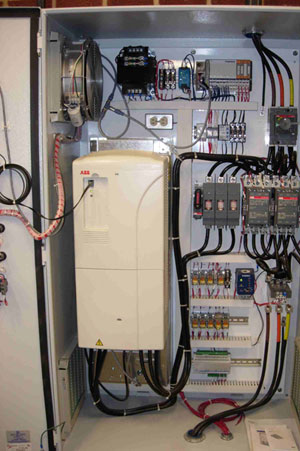
Photo 1. Ultra-low harmonic drives feature bypass valve, fuse disconnect, remote I-O and selector switches.
Increasing Demand Brings Need for Retrofit
Gravity is the driving force for wastewater distribution to the treatment plant, except where there are vertical elevation changes in the topography. In these circumstances, lift stations—structures that contain pumps and controls—are used to move wastewater to the treatment plant.
Because of ongoing increases in demand, Dave King, wastewater maintenance manager, city of Lawrence, is continually looking for ways to improve efficiency. He explains that lift station number 16, built in 1958 and located close to downtown Lawrence, is responsible for transporting approximately 600 million gallons of dry weather-flow a year, about 25–30 percent of the city’s wastewater usage. The combination of aging equipment and increasing flow from new residential developments led to the decision to retrofit the station completely in the spring of 2006. King turned to the city’s long-time PLC supplier, Logic, Inc. to help develop a solution.

Photo 2. Test instruments (CTs and metering equipment) being connected after the equipment is deenergized and placed in an electrically safe work condition conforming to NFPA 70E.
Logic recommended installing ACS800 drives on each of four new 125-hp pump motors to increase efficiency and power factor to improve electricity cost savings; to extend the life of the motors and reduce repair costs; and to minimize or eliminate an addition of harmonics that can interfere with instrumentation and overheat feeder breakers and transformers.
Drives Ensure Constant Flow
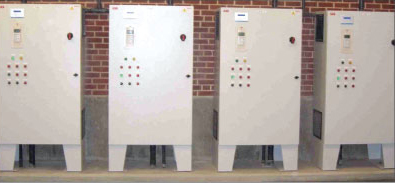
Photo 3. ABB ACS800 drives power pump at lift station. One remains on standby.
When wastewater enters a lift station, it initially goes through a coarse screening process, which removes solid particles that might cause damage to the pumps. The wastewater then flows into an enclosed wet well, which can be 30–40 feet deep. Sensors monitor the depth of the wastewater in the wet well. Pumps are used to displace the wastewater from the well to the treatment facility. Drives often play a key role in supporting the pump operation, ensuring that a constant flow is discharged to maintain optimum wastewater levels.
“By controlling pump speed, an optimum level can be maintained that ensures constant flow between what’s coming in and what needs to be pumped out,” says King. “Installing the ABB drives has enabled us to eliminate unnecessary pump starts.”
From Across-the-Line Starter and Constant Speed to Variable-Speed Control
Previously, the site ran the pumps based on an on/off level, and used an across-the-line starter. When the level in the wet well reached a designated point, it would trigger the starter to get the pump motors up to maximum speed as quickly as possible. This rapid acceleration created spikes and mechanical stress on both the motor and pump. It would run at full speed until it reached the “off” level elevation—and then it would turn off. The constant-speed, starting-and-stopping process caused wear and tear on the bearings and impellers, causing the motors to deteriorate.
Prevent Water Hammers
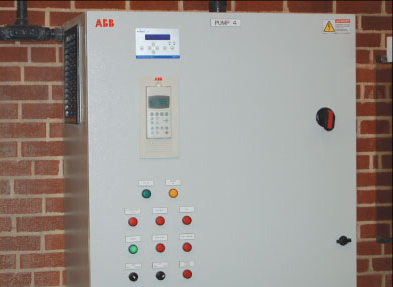
Photo 4. Close-up of operation panel of power pump
By maintaining a consistent level in the lift station wet well, drives also help to avoid water hammers. When a pump starts or stops suddenly, it slams the check value on the back of the pump and creates a water hammer effect. Water hammers are pressure surges caused by the energy of a fluid in motion when it is forced to stop suddenly. In plumbing, this is experienced as a loud banging noise that sounds like a hammer hitting the pipes. The shock wave causes pipes to rattle and shake violently.
In a lift station, hydraulic water hammers often occur when trying to pump fluid vertically or at a slant. Once a pump stops, the fluid will come back to the source, jarring the piping. Over time, water hammers can lead to pipe deterioration. Because the ACS800 drives provide acceleration and de-acceleration ramp to the pumps, wear and tear on the pump mechanicals are reduced.
Keep Drive at the Ready; Balance Usage on Others

Photo 5. Interior of the pumping station
Drives also incorporate a soft-start function that gently ramps speed to limit potential turbulence—and reduce the need for maintenance. The drives respond to sensors in the wet well that are relayed to a PLC unit via DeviceNet. The wastewater treatment plant communicates with the PLC unit at the lift station via Ethernet to ensure that wastewater levels are being pumped out consistently, based on established parameters. Although three pumps are needed to run the station, the city keeps an installed fourth pump on stand-by at all times, running them alternately to balance wear on them. The station operates 24-hours a day and cannot afford downtime.
“ABB drives give us the ability to handle the wide range of variations in wastewater flow entering the station due to time of day, time of year and weather conditions, as well as the capacity to accommodate future growth,” says King. “The fact that we can now pump wastewater out at the same rate it enters also helps us reduce odors.”
By-Pass Feature Important for Constant Uptime
Since wastewater is constantly running throughout the city, another important feature to the lift station is the by-pass function, which allows a manual override of the pump if a drive were to go offline.
“Even though modern drives are very reliable, if for any reason we were to have multiple drive failures, the bypass gives us the ability to still operate the station,” explains King. “At this location, station down-time is not an option.”
Ultra-Low Harmonic Drives Provide Protection to Power Grids
Because the lift station is located next to a residential district, minimizing harmonic distortion is a necessity. With the amount of dynamic load on the existing transformer, standard drives were not a viable option. “Excessive harmonics can interfere with pump instrumentation,” King says. “Plus, we didn’t want to cause any interruption to the electrical appliances of our customers.”
Ultra-low harmonic drives do not require a multi-pulse transformer, external filters or other additional equipment for minimizing harmonics. The drive features an active converter with direct torque control (DTC) to eliminate low-order harmonics. With an active front-end LCL (Inductor, Capacitor, Inductor) line filter to reduce high frequency harmonics, the city did not have to worry about overheating feeder breakers or transformers.
Drives Offer Turnkey Solutions – Easy Installation
King was impressed with ABB because of its ability to offer turnkey solutions direct from the factory. “We required certain features in the cabinet, such as a by-pass, fuse disconnect, remote I/O and selector switches. ABB was able to provide all that from a factory service center,” he says. Since the lift station fits in a 900-square-foot space, the ACS800’s compact footprint fit well into the facility.
Since the drives were shipped with all of the specifications pre-installed, installation was a smooth and easy process. To maintain constant uptime during the retrofit, two pumps were taken off-line at a time, keeping the other two pumps running.
Results Foster Continued Relationship
The lift station retrofit was not the first instance where the city has benefited from using these drives. The wastewater treatment facility also has ABB drives equipped with bypass to increase efficiency. Because of the positive experience with the drives at lift station number 16, the city is installing drives in four other wastewater pump stations now under construction.
King concludes, “I really appreciate the technical assistance and customer service we have received. I anticipate extended pump life, electric cost savings, and ultimately better service to our customers as a result of the drives.”











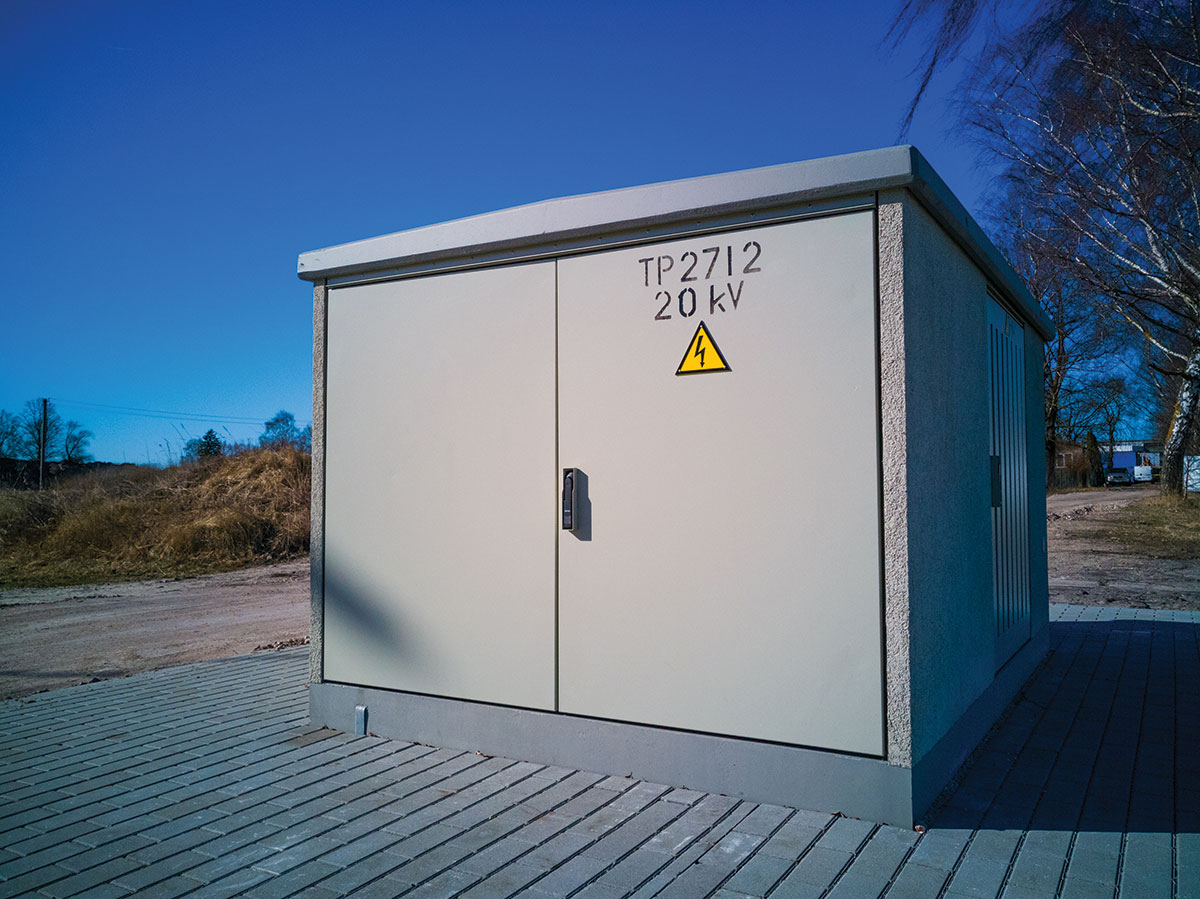
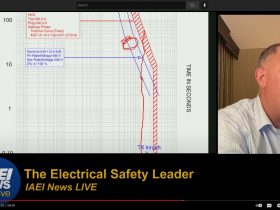

Find Us on Socials